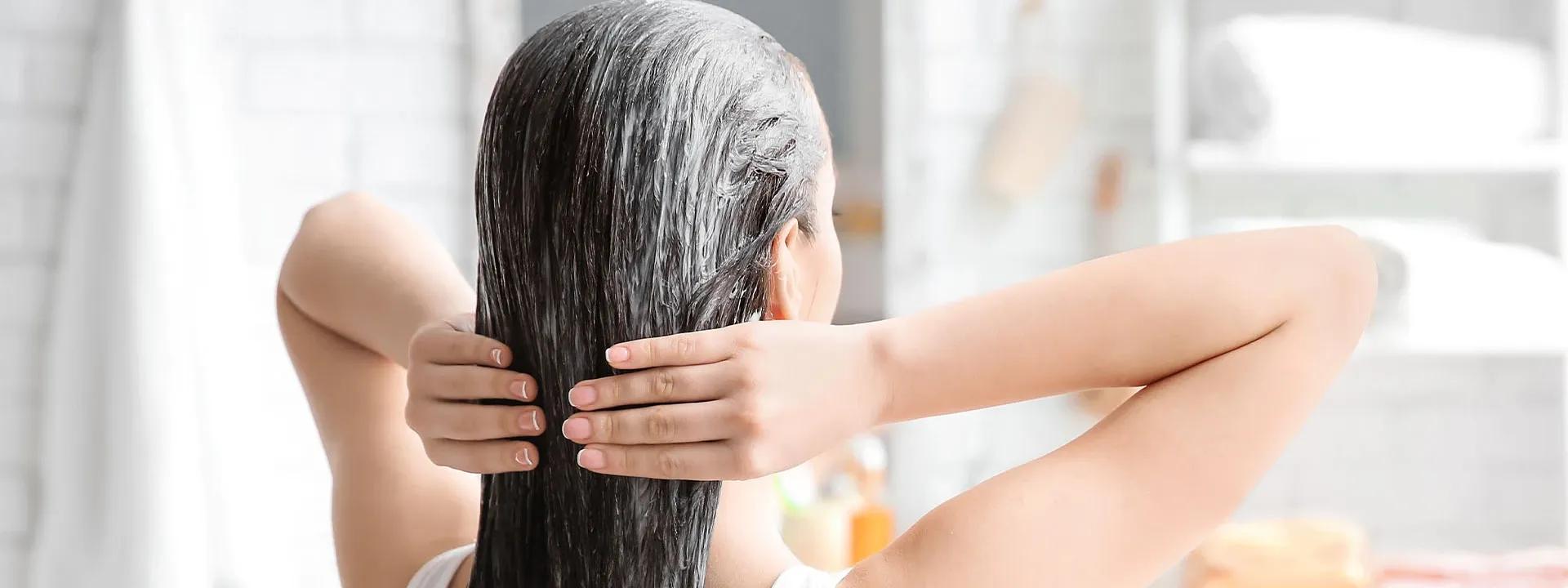Let's be real—taking care of your hair at home doesn't have to feel like rocket science. Whether you're dealing with dry, oily, or combination hair, having a proper routine makes all the difference. This ultimate 10-step checklist will help you build a personalised haircare routine that actually works for your lifestyle. From proper cleansing techniques to natural hair treatments, we've got everything you need to keep your locks looking their absolute best.
Understanding Your Hair Type and Needs
Before diving into any routine, you need to know what you're working with. Understanding your hair type is the foundation of effective
hair care at home. Is your hair straight, wavy, curly, or coily? Does it tend to be oily at the roots but dry at the ends? Maybe it's fine and lacks volume, or thick and hard to manage.
Each hair type has its own set of needs. Fine hair might benefit from lightweight products that won't weigh it down, while thick, coarse hair often craves heavier moisturisers. Oily hair types need gentle cleansing without over-stripping, and dry hair requires extra hydration and protection. Once you've figured out your hair's personality, everything else becomes so much easier to navigate.
The Ultimate 10-Step Hair Care Checklist
Now for the good stuff—your complete roadmap to healthy hair. These ten steps cover everything from basic cleansing to advanced treatments, giving you a comprehensive approach to hair care at home.
Step 1: Proper Cleansing Techniques
Start with the basics—washing your hair the right way. Choose a shampoo that matches your hair type and scalp needs. If you have oily hair, look for clarifying formulas. Dry hair benefits from moisturising shampoos. Focus the shampoo on your scalp, not the lengths of your hair. Massage gently with your fingertips (never your nails) to avoid irritation and stimulate blood circulation.
Step 2: Conditioning for Moisture and Shine


 200ml
200ml Combo
Combo 100 ml
100 ml 200 ml+100 ml
200 ml+100 ml